SCIENCE ON THE ICE – Part 2: Setting up camp at Little Dome C
18 December, 2017
This Antarctic season BAS scientist Dr Robert Mulvaney is taking part in the ongoing hunt for the oldest ice record Beyond Epica. Using a variety of different techniques, he and collaborators hope to identify the place where they believe ice cores going back 1.5 million years could be drilled. These cores could provide an unparalleled record of how Earth’s atmosphere and climate changed in the past, enabling us to better understand how future changes in our atmosphere would affect climate. In this second blog, Robert explains the challenges of setting up a deep field research site.
Having finally arrived at the French/Italian Antarctic research station Concordia station located in a place called Dome C, our next challenge was to strike out and set up our own field camp at “Little Dome C” from where we would begin drilling trials.
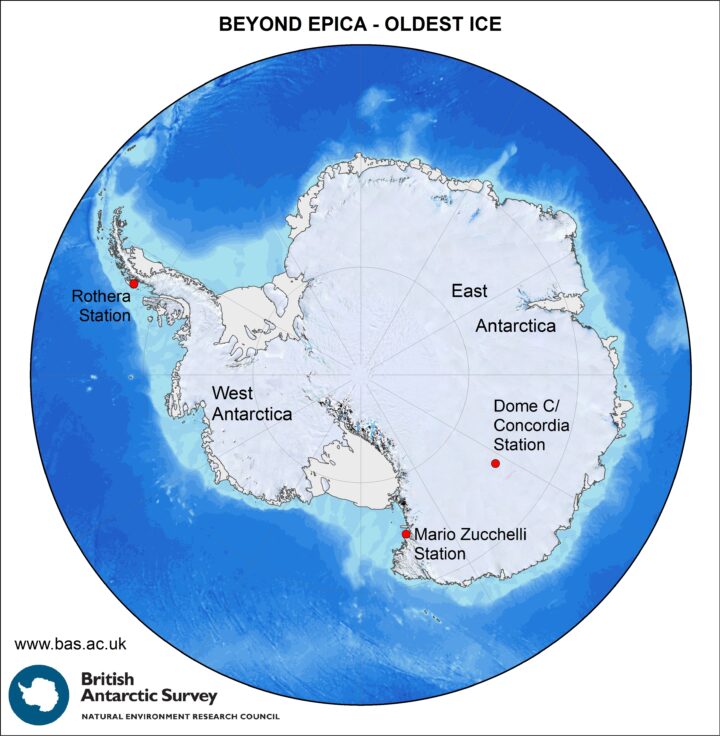
We have three vehicles to pull all our science equipment and living spaces 50 km across the ice to Little Dome C – two Pisten Bullys (snow groomers in the Alps) and a Caterpillar tractor. We carry 10,000 litres of fuel for the vehicles, and for the main generator in the caboose, in a large steel tank.
One Pisten Bully driven by Massimo, with me as the passenger, pulls the fuel tanker and the Drill Module. On the 50 km traverse from Concordia to the Little Dome C site we get bogged down and stuck twice in deep snow. We have to decouple the Drill Module from the tanker and pull the tanker on its own (3 km the first time, 8 km the second), then go back for the Drill Module.
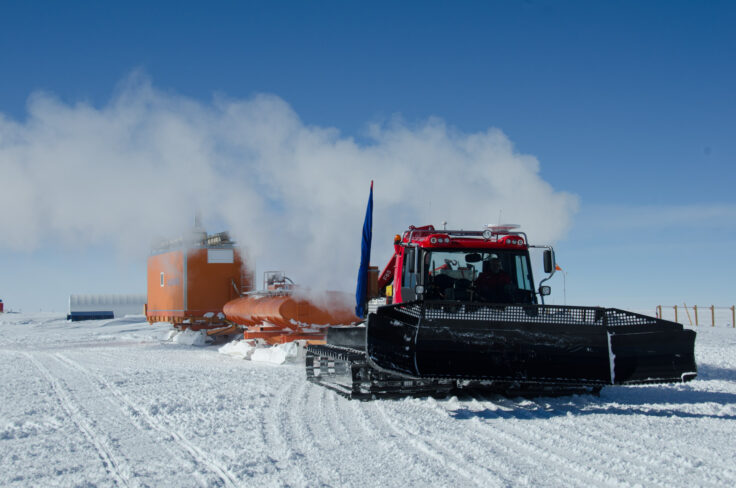
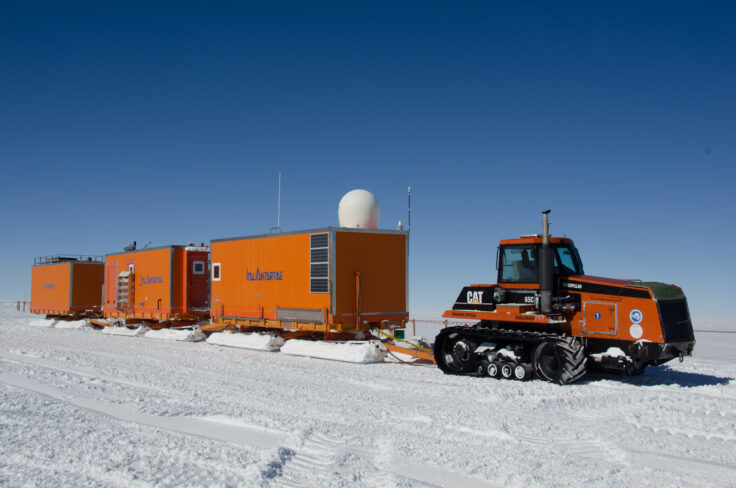
On the left is the storage module which contains spares for the vehicles, and the stock of food for our field party of six people. When the camp is set up, the power and living modules are connected by a small walkway bridge inside a fabric extendable tunnel (retracted for moving). The power module contains the main generator, a toilet, shower, sink, outside clothing/bootroom area and the water making facility. The living module contains the kitchen, the eating/working bench table, and two bunkrooms, each with four bunks, plus the radio/communications facilities. On the roof there is a satellite transceiver, which is how we send emails and keep in touch with the rest of the world.
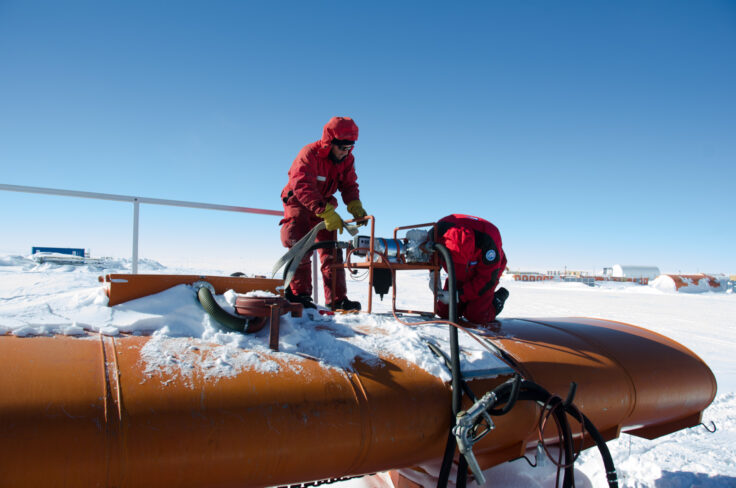
Finally we arrive at our destination, and home for the next few weeks: Little Dome C! Now the really hard work begins!
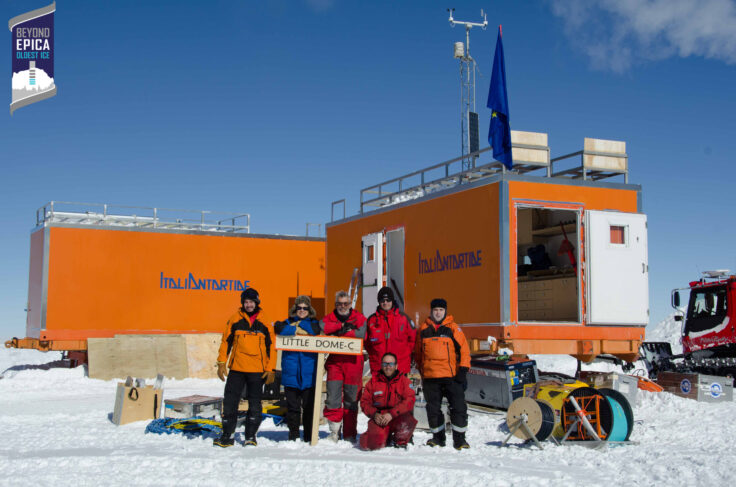
The team consists of: Massimo Frezzotti (Field Leader, glaciologist, ENEA), Catherine Ritz (glaciologist, Grenoble), Saverio Panichi (technical support and field cook, ENEA), Michele Schalet (MS, mechanic, contractor), and BAS engineer and ice core scientist Julius Rix and Robert Mulvaney.